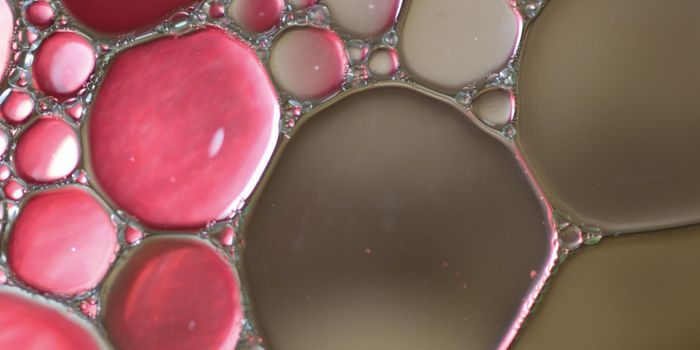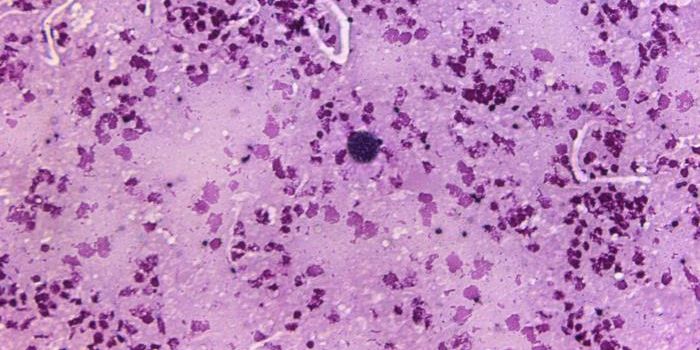New Spikes in COVID-19 Cases in Eight States and China
There were many mistakes by different organizations in the early days of the COVID-19 pandemic. While some have noted the vast improvements over the response to the outbreak of SARS in 2002, China is also thought to have been too slow to notify health authorities about the virus. Once the World Health Organization knew, they did not recommend any travel bans, which are still not thought to slow the spread of an infectious disease because public health education works instead. Unfortunately, multiple organizations have muddied the message surrounding the use of face masks (they work to slow transmission).
In the United States, there has been no coordinated national response to the pandemic, and the virus began to spread, but at wildly different rates. New York City was one of the hardest-hit locations, and more than 20,000 people have died there (research suggests that race and income have been major factors there in whether people live or die). While lockdowns seem to have helped to reduce the number of infected people, the United States has been adding around 20,000 new cases every day, and still is (over 25,000 new cases were reported yesterday).
Though Remdesivir has been approved to treat the virus, its effects are limited, and a vaccine is still at least months away. There is still no nationwide testing strategy or contact tracing system in place, which would identify hotspots and allow medical experts to respond in a more focused way. There is also evidence that for some, 'pandemic fatigue' is setting in; not everyone is able or equipped to isolate themselves from others for months at a time, with no end in sight. Research has suggested that the pandemic is taking a significant toll on people's mental health, which may be due to many factors, including knowing that thousands of people have died.
Doctors are now reminding us that the illness is still deadly serious. In Arizona, cases, hospitalizations, and deaths are all rising. The rate of positive tests that are being detected is also increasing, which is an indication that only the sickest individuals are being tested, and many more asymptomatic but infectious people are probably out there, potentially infecting others.
"We are currently experiencing delays in test results up to a week or more, which means that there may be more positive COVID-19 cases than are currently portrayed here," said Kacey Ernst, an infectious disease epidemiologist at the University of Arizona.
On June 11, ABC News reported that in eight states: Arizona, Arkansas, Mississippi, North Carolina, South Carolina, Tennessee, Texas, and Utah, hospitalizations for COVID-19 were increasing.
ABC News quoted Will Humble, the executive director of the Arizona Public Health Association, and former director of the Arizona Department of Health Services: "New cases were slowly declining throughout most of May, until the 26th, then there was a bounce-back, where it really starts to ramp up. There’s a rebound effect that began on May 26."
COVID-19 can have an incubation period of around eleven days. On May 15, the stay-at-home order in Arizona expired, and no new guidelines were put in place; restaurants, bars, gyms, spas, and movie theaters all reopened without mask requirements, though people were encouraged to follow CDC recommendations.
Ernst still cautioned that we can't know for sure whether the loosening of restrictions led to this. "It is hard to say with certainty," she said.
Studies have indicated that face masks are effective at slowing the spread of COVID-19. They primarily lower the risk that infected people will pass the infection to others while they are breathing, speaking, or coughing, for example, known as droplet transmission. Even homemade face masks work - double layers are most effective.
There may be very little political will for additional shutdowns after the economic damage they have caused. It's worth noting that millions of sick people could also have a seriously negative impact on the economy and that research has indicated that stay-at-home orders were economically justified.
In China, after effectively containing the spread of COVID-19, in part with severe restrictions on movement, there has been a new outbreak in Beijing. Two men that visited the Xinfadi seafood market were found to have been infected.
“Preliminary judgment suggests these cases may have come into contact with a contaminated environment in the market, or were infected after being in contact with infected people. We cannot rule out subsequent cases in the future,” said Pang Xinghuo, an official at the Beijing Center for Disease Control.
The Chinese government has wasted no time in responding, and tested 517 people from the wholesale market. They found 45 infections, and none of the individuals showed symptoms.
As reported by CNBC, Beijing authorities will test 10,000 people that were in the market with nucleic acid coronavirus tests. On Friday, eleven new cases of COVID-19 and seven asymptomatic SARS-CoV-2 infections were reported by China. Six locally transmitted infections had all occurred in Beijing. Schools for grades one through three were supposed to open Monday, and the government has canceled those plans. Local patrols were going door-to-door to ask people if they'd visited the market.
While the pandemic is taking a mental toll, it is likely to be a part of life for almost everyone in the world for the foreseeable future.
The Centers for Disease Control has released guidelines in an attempt to keep people safer and reduce the risk of infection. Learn more about COVID-19 here.









